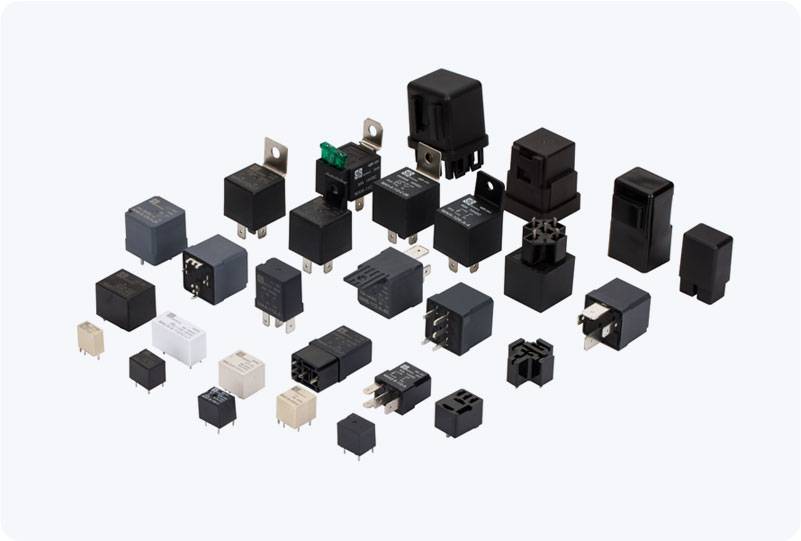understanding hv insulation fault relay: essential protection for high voltage systems
Release time:2025-08-08 09:03:27
High voltage (HV) electrical systems are fundamental to modern industries, providing power to large-scale operations, infrastructures, and utilities. However, these systems are also susceptible to insulation faults, which can lead to dangerous failures, equipment damage, and even safety hazards. This is where the HV Insulation Fault Relay (IFR) comes into play, serving as a critical protection device that monitors the insulation integrity of high voltage electrical systems. In this article, we will explore the importance, function, and benefits of the HV Insulation Fault Relay.

The Role of HV Insulation Fault Relay
The HV Insulation Fault Relay is an advanced protection relay designed to detect insulation faults in high-voltage systems. These faults typically occur when the insulation material of electrical equipment deteriorates or breaks down, allowing leakage currents to flow through the system. If left undetected, these faults can cause system failures, fires, and even electrical shocks, posing significant risks to both equipment and personnel.
The primary purpose of an HV Insulation Fault Relay is to continuously monitor the insulation resistance between high-voltage conductors and the earth, or between different conductors. It helps identify issues such as dielectric breakdowns or partial discharge, which can lead to dangerous failures if not addressed promptly. By detecting these faults in real time, the relay allows operators to take corrective action before the problem escalates, thus preventing extensive damage and ensuring system reliability.

